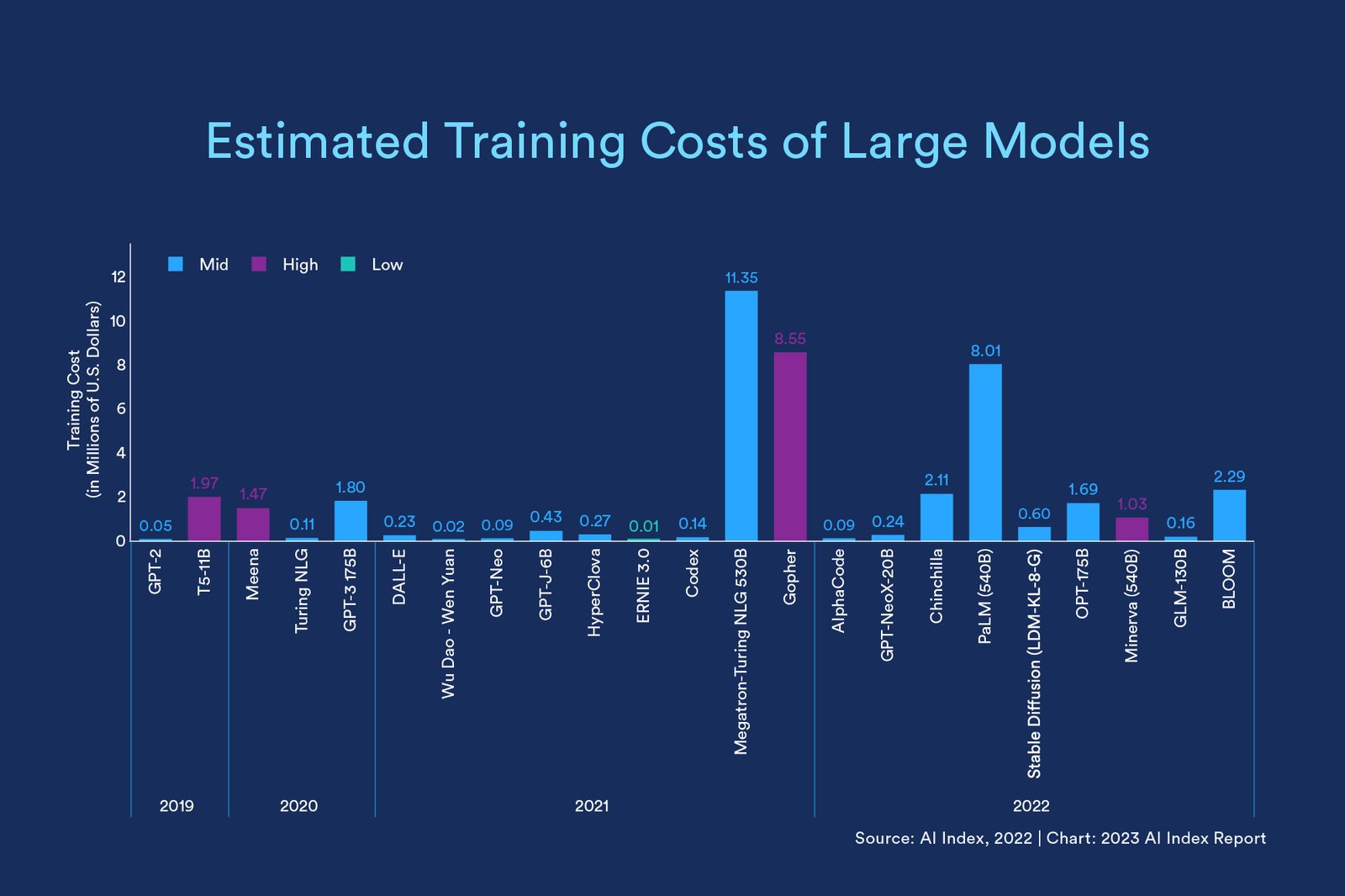Artificial Intelligence (Artificial Intelligence), abbreviated as AI, is a new technical science that researches and develops theories, methods, technologies and application systems for simulating, extending and expanding human intelligence.
Data (information)
In today's age, big data is being generated all the time. Mobile devices, cheap cameras, ubiquitous sensors, etc. accumulate data. These data are in diverse forms and most of them are unstructured. If it needs to be used for artificial intelligence algorithms, it requires a lot of pre-processing process.
Algorithms (models)
Mainstream algorithms are mainly categorized into traditional machine learning algorithms and neural network algorithms. Neural network algorithms are rapidly evolving and have reached a climax in recent years because of the development of deep learning. The model is the carrier of the algorithm/law
- Artificial Intelligence is an algorithmic model that self-trains itself to regularity through a large amount of data, gathering multi-dimensional information. (Creating models)
- And then through its models, make predictions or extrapolations (errors) (use models)
Arithmetic (training)
The development of Artificial Intelligence has placed a higher demand on computing power. Here is a comparison of the computing power of various chips. Among them, GPU is ahead of other chips most widely used in the field of artificial intelligence. both GPU and CPU are good at floating-point computation, and generally speaking, the ability of GPU to do floating-point computation is about 10 times that of CPU.
In addition deep learning acceleration frameworks are beneficial in accelerating neural network computation by optimizing on top of the GPU, which again improves the computational performance of the GPU. For example, cuDNN has a customizable data layout that supports flexible dimensional ordering of four-dimensional tensors, strides and subregions used as inputs and outputs for all routines. Matrix operations are implemented in the convolutional operations of convolutional neural networks, while reducing memory and greatly improving the performance of neural networks.
(Arithmetic is developing rapidly, GPUs have about 10 times the arithmetic of CPUs, and deep learning frameworks are optimized to improve the performance of GPUs again)
Scenarios (fields)
Human beings have six senses, sight, hearing, smell, taste, touch, and a premonition of the future of the organism (intuition).
Like people, AI also has "senses", and the more common ones at the moment, are vision, hearing (input), and intuition (training guesses/predictions) (output)
Image recognition (vision + intuition) (input + output)
Speech recognition (auditory + intuitive) (input + output)
What is Machine Learning
The method or process of realizing artificial intelligence is collectively referred to as "machine learning".
Machine learning is the process by which a machine learns patterns from historical data to improve a certain performance metric of the system. In fact, human behavior is also learned and imitated, so we would like computers to learn and imitate from historical data and behaviors in the same way as human learning behaviors to achieve AI.
Leave a comment
Your email address will not be published. Required fields are marked *









